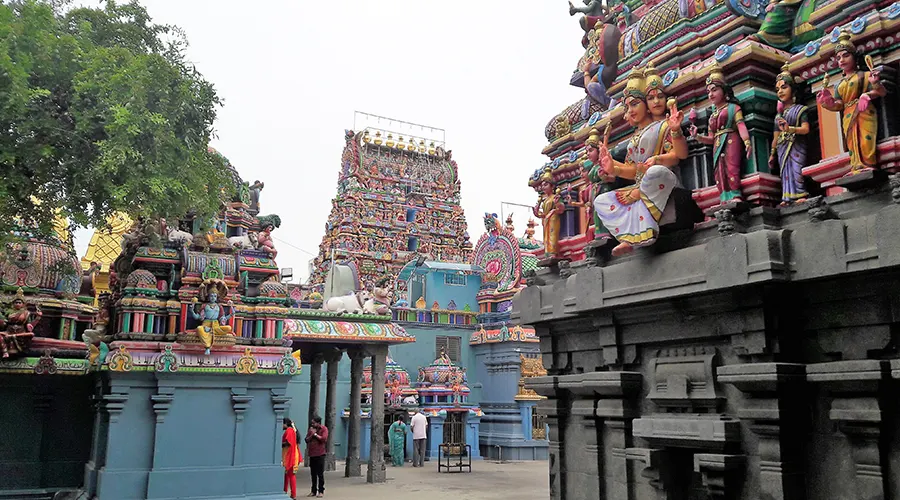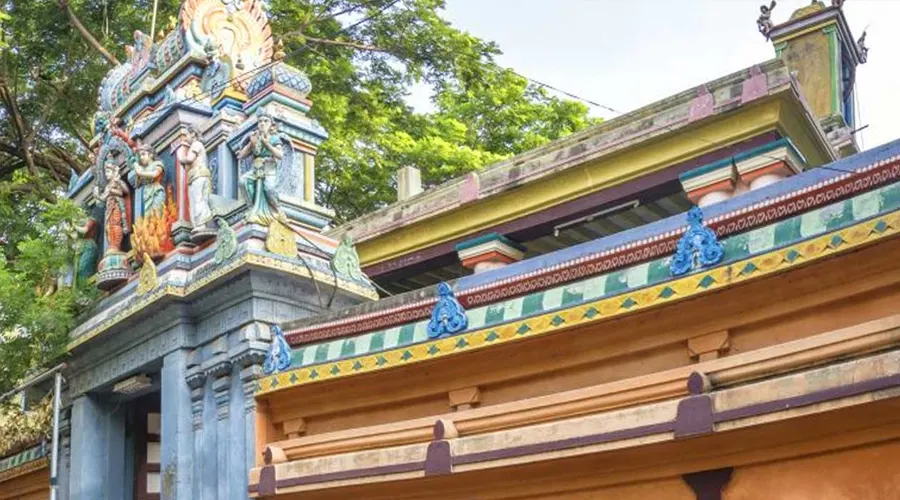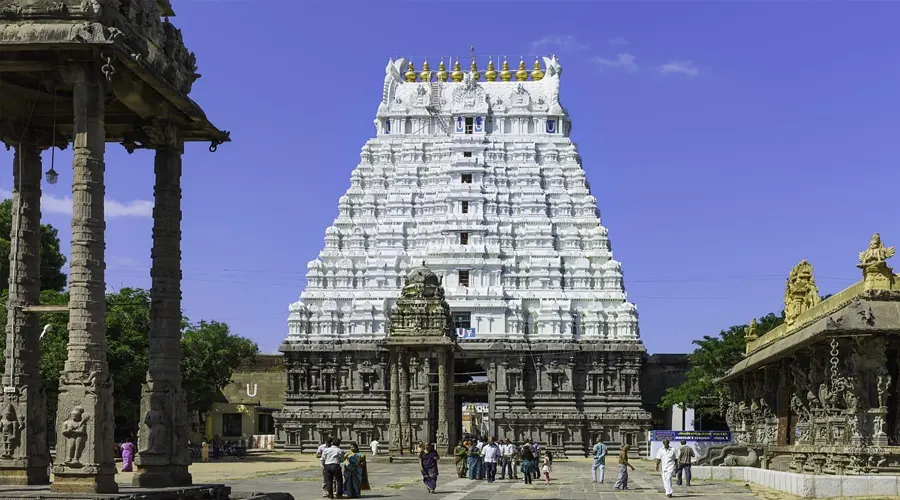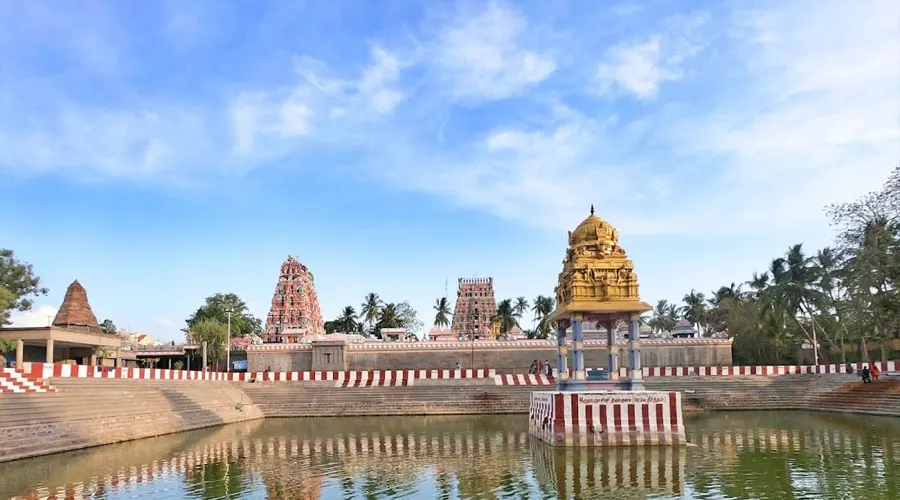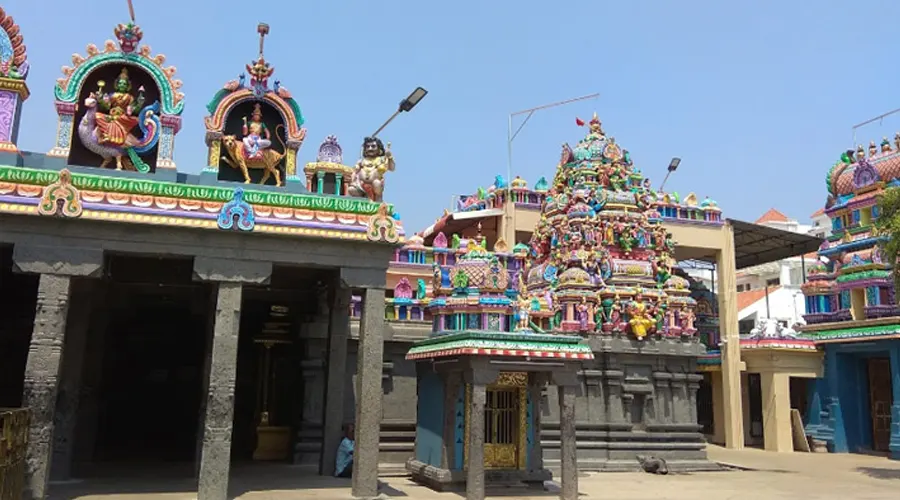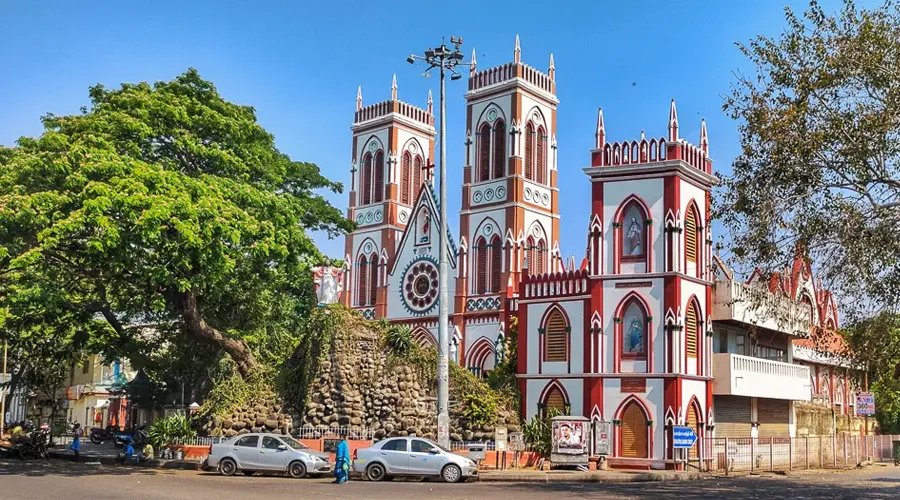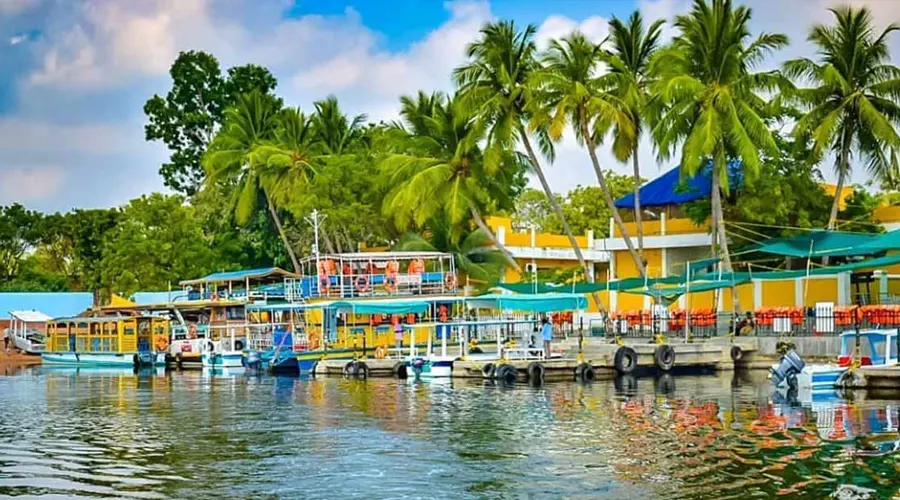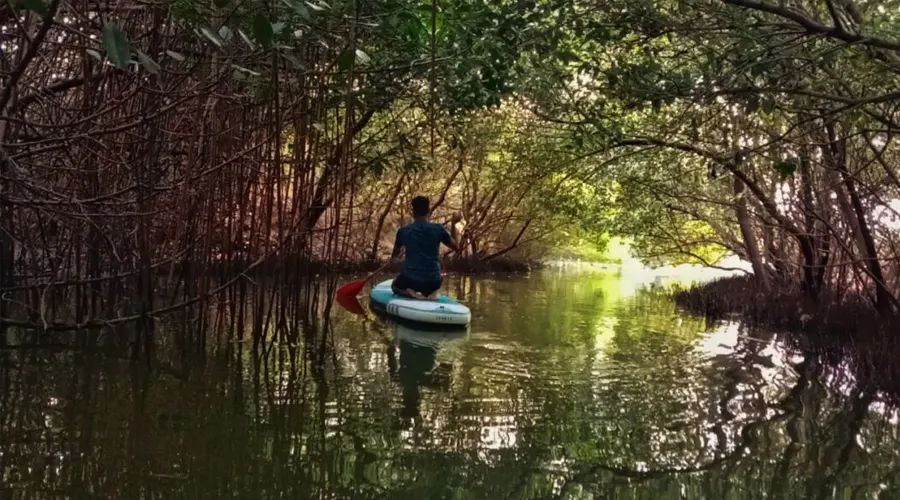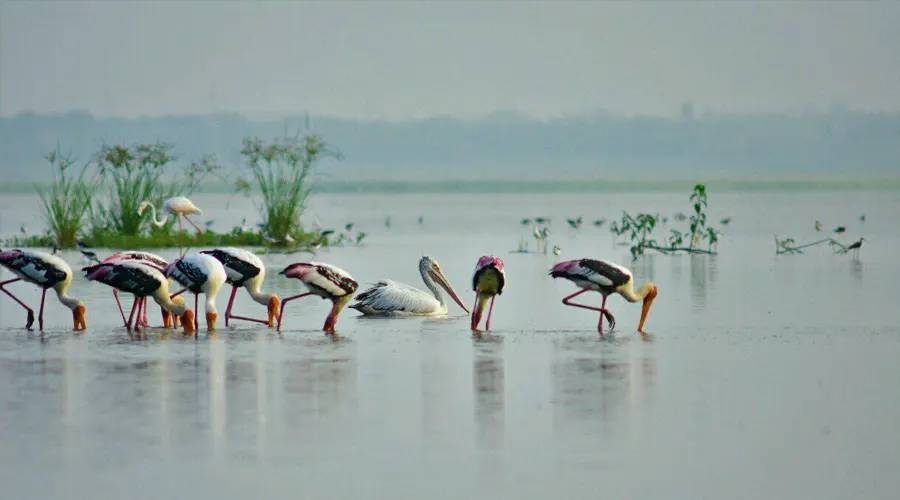Arikamedu
If you want to learn a bit about Pondicherry's history, then head straight to this historic city. Situated some 4.5 KM away from Pondicherry city, Arikamedu (meaning 'eroding mud') remained buried until it was excavated in 1945. Today, Arikamedu is an important historic site lying on the banks of the Ariyankuppam River. Arikamedu's excavations indicated the city's connection with ancient Rome.
These findings helped establish the fact that Arikamedu was an important Roman trading post in India. During its heydays, Arikamedu would export silk, spices, beadworks, and terracotta items to Roman shores. In return, the traders would bring back the Roman potteries (amphora jars for wines, cups, and plates made of Terra Sigillata, a type of Roman clay) and pieces of jewelry. The remnants of this once prosperous trading city bear resemblance to the Greco-Roman style of architecture.
History of Arikamedu
Arikamedu was originally a fishing colony that later became a trading outpost for carrying out commercial relations with Imperial Rome from the Megalithic (2nd century BC) through Medieval until the Modern Period. The city was connected with other cities in India and overseas by road and marine routes.
Merchandise ships arriving from Anuradhapura and Muziris used this port as a station for the transshipment of goods to North India and the countries of Southeast Asia.
The city also had maritime relations with Kaveripattinam, Alagankulam, Suttukenii, and Musini. Arikamedu was a manufacturing hub of the famous muslin cloth, terracotta items, glass, gold, and jewelry from semi-precious stones. The city boasts of housing extensive glass bead manufacturing units that are considered the “mother of all bead centers” in global trade.
Architecture of Arikamedu
The first excavation in Arikamedu was first excavated during the 1700s by the French astronomer Le Gentile who was a resident of Pondicherry. Later the place was excavated several times but the most notable excavation was carried out by Dr. Eric Wheeler Mortimer in 1944. Archaeological evidence from the site proves its once-thriving trade relations between the Tamils and the Greco-Roman world.
Apart from numerous stoneware relics and archaeological vestiges that date back to the 2nd century BC, findings of Chinese celadon pottery, Chola, and East Asian artifacts were also discovered after several excavations. Twentieth-century archaeological evidence testifies the existence of a booming urban settlement in Arikamedu. The northern part of the city was inhabited by the Yavanas while the southern part was inhabited by the locals.
Tableware made of Terra Sigillata (Roman clay pots red in color) has been discovered in only two places outside Rome one of which is in Arikamedu which proves that there were trade relations between the two places. From the traces of beads excavated from Alexandria and other ports of the Red Sea, it is evident that the Romans used the Red Sea for transferring to India.
Although there were multiple excavations in this place, the major scientific excavation was carried out by Sir Mortimer Wheeler in 1945. It is from his excavations that historians concluded that Arikamedu was a flourishing port city.



